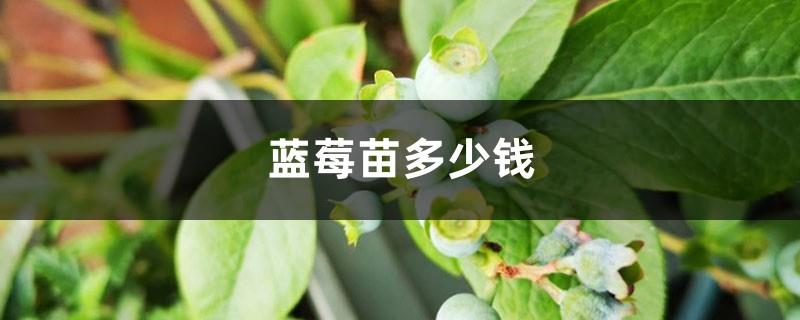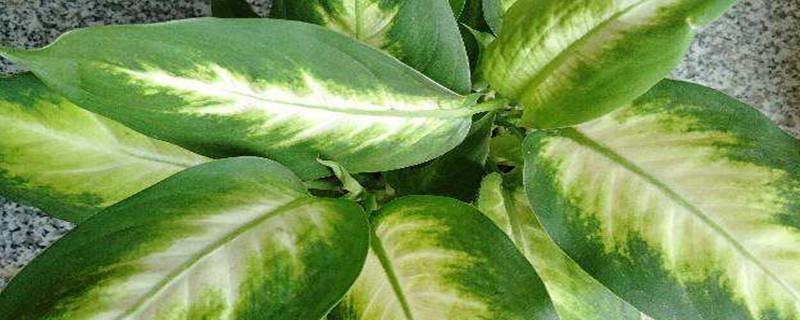Bitter melon cultivation methods and precautions
Last Update :2024.05.05
Article Catalog
Temperature: Bitter melon requires different temperature conditions at different growth stages. The seed stage should be above 30 degrees, and the seedling stage should be above 20 degrees. Watering: More watering is needed during the flowering stage, preferably every other day. Water once; fertilization: It has a relatively high demand for nutrients during the growth period, so it should be top-dressed once a week; light: ensure more than six hours of light every day.

1. Maintenance methods
1. Maintenance methods
1. Temperature: It has different temperature requirements in different periods. The temperature for seed development is between thirty and thirty-five degrees, and the optimal temperature for seedling development is Between 20 and 25 degrees, if the temperature is below 15 degrees, the plants will grow more slowly. If the temperature is below 10 degrees, the plants will stop growing. The optimal temperature for flowering is between 20 and 30 degrees. In this temperature range, plants develop the fastest and have the highest fruit setting rate.
2. Watering: During the growth period, water consumption is relatively large, especially during the flowering and fruiting stages. Watering is required every two days. When the temperature is higher than 30 degrees, watering is required every day. Water.
3. Fertilization: When laying the base fertilizer for it, you need to use decomposed organic fertilizer, but this is far from enough, because the fertilizer consumption is very high during the growth period, and you need to topdress once a week. Fertilizer can be used from human and animal manure. Urine, when it is about to bear fruit, you can slightly increase the concentration of fertilizer, which can effectively extend the time for fruit viewing.
4. Light: Sufficient light can effectively resist the invasion of pests and diseases, and can also prevent the branches and leaves from growing too long and having visible thorns. Light is so important for plants. During the growth period, the light time should be Guaranteed to be more than eight hours.
2. Breeding skills
1. Weeding: From the seedling stage, it needs to be weeded to prevent soil compaction and prevent vegetables from competing with the plant for nutrients. After pouring water to slow down the seedlings, weeding can be done when the soil is no longer sticky. When weeding, pay attention to protect the new roots of the plants. It is best to weed shallowly. If there are diseased and weak seedlings, remove them together and replenish the seedlings later. .
2. Pruning: It generally does not need to be pruned, and it is enough to deal with the dry branches and leaves.
3. Problem diagnosis
1. Seedling burning: Plants burning seedlings are mostly caused by improper fertilization. The damaged seedlings need to be pulled out and then fertilized improperly. Pour plenty of water into the ground to dilute the fertilizer.
2. Disease: Yellowing of the leaves of the plant may be caused by insufficient light, and it is necessary to slowly increase the light.
IV. Other issues
1. Edible: It is a relatively common vegetable and can be eaten. In addition to its edible value, it can also be used as medicine and has the effect of detoxifying and clearing away heat.
2. Whether it is suitable for home cultivation: Its melon vines are relatively large and have relatively high requirements for maintenance environment, so it is not suitable for home maintenance.
2. Breeding skills
3. Problem diagnosis
4. Other issues
- END -
How much does a blueberry seedling cost (blueberry seedling price)

The price will be determined based on the year of growth. The longer it is, the mo...
The difference between Dieffenbachia and Dieffenbachia

Different shapes: the rhizome of Dieffenbachia is thicker, dark green in color, an...